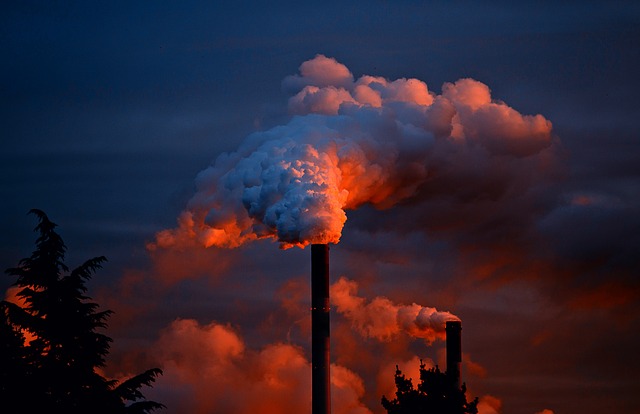Engineers Design a Carbon Dioxide Cleanse for Earth

By now, it’s an observable fact: the accumulation of carbon dioxide in the atmosphere poses a serious threat to the environment. For the last decade, scientists have been working feverishly to develop cleaner sources of energy to help reduce the amount of CO₂ being added to the atmosphere—but it isn’t enough. Contemporary research and technology have fostered the idea of capturing carbon dioxide directly from the air as a way to achieve a cleaner environment.
The development and, more importantly, implementation of clean energy sources will take time. Unfortunately, it may take more time than we, as a species, can afford. Companies, such as Carbon Engineering, are seeking more aggressive methods of removing CO₂ from the atmosphere to stall global warming. Direct air capture appears to be the only feasible way of removing the emissions of portable carbon dioxide sources like cars, trains and planes which account for 60% of the CO₂ in the air.
Trees and plants perform a similar function to air capture: they take in carbon dioxide and release oxygen. However, in order to plant enough trees to reverse the build-up of CO₂, the amount of forested land would have to increase by a factor of 1,000. This would require repurposing viable agricultural acreage. Direct air capture can extract far more carbon dioxide than a one-acre tract of botanical land and can be installed in areas that have no agricultural potential, such as deserts.
A prototype air capturing device has already been put to work at the University of Calgary. Air currents enter one end of the machine and pass over tightly corrugated PVC sheets which are saturated in a carbon dioxide absorbing solution. The packing material is shaped in a way that disturbs the air and ensures maximum surface exposure with the liquid. Once the air passes all the way through the prototype scrubber, more than 80% of the carbon dioxide has been removed and converted into carbonate salt. The prototype in Calgary currently collects more than 100 kilos of carbon dioxide every day. The prototype technology could be scaled up to 20,000 times the current size without making any major adjustments. At such a scale, the air capturing fans would be able to remove emissions from 300,000 cars per year.
Air capturing has the added benefit of a usable by-product. The carbonate salts collected can be combined with hydrogen to produce hydrocarbons, such as gas and jet fuel. In essence, a scaled up air capturing system would have an overall ecological function that resembled the lifecycle of H₂O. Just as water evaporates, rises to the upper atmosphere, condenses and comes back down as rain; the hydrocarbons would be burned as fuel, released to the atmosphere as CO₂, which is then collected by air capturing arrays and condensed again into carbonate for re-use.
While plants and trees are still effective in extracting carbon dioxide from the atmosphere, the amount of CO₂ that humanity introduces into the atmosphere on a daily basis is more than the combined power of earth’s vegetation could handle. An industrial sized cleaning solution seems to be a viable option in stemming the river of damaging pollutants currently being introduced to the environment.
